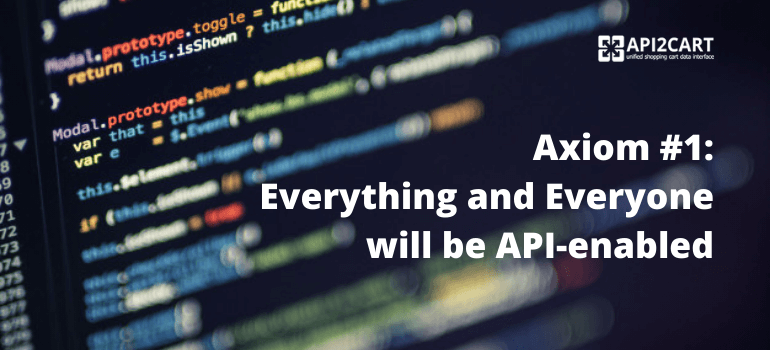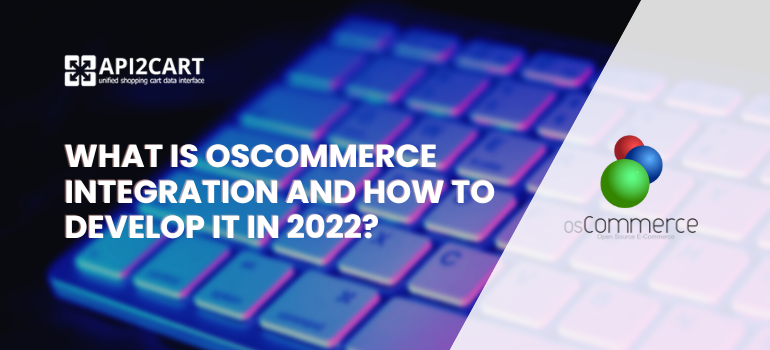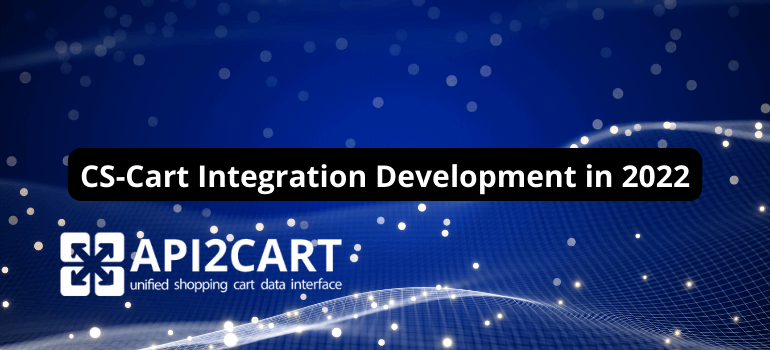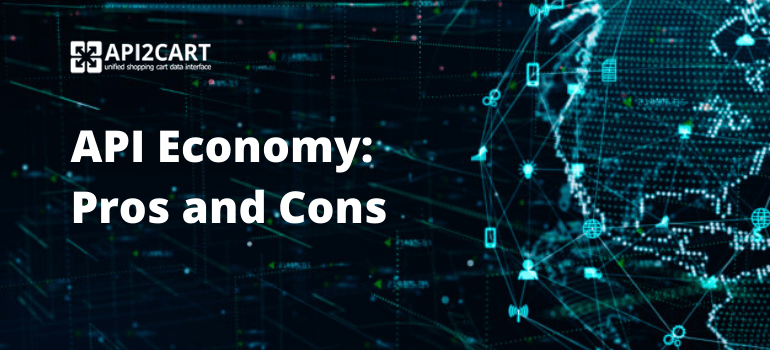
Recently, we have begun new series of articles concerning 5 Axioms of the API Economy. These axioms appear to be a joint post of Craig Burton, one of the leading visionaries and analysts in the computer industry and Steven Willmott, CEO at 3scale. You may find the intro article about the API Economy at our blog.
The Five Axioms of the API Economy
- Everything and everyone will be API enabled.
- APIs are core to every cloud, social and mobile computing strategy.
- APIs are an economic imperative.
- Organizations must provide their core competence through APIs.
- Organizations must consume core competences of others through APIs.
This week I want to cover the first Axiom that highlights the fact that almost every device and system is addressable via APIs.
Axiom #1: Everything and Everyone will be API-enabled
In other words, every crafted object, structure, and every individual person, as well as many natural objects, structures, objects, and beings, will become addressable by API and make use of APIs. Not only that but the infrastructure used to create and manage APIs for everything and everyone will also be API enabled.
On the surface this looks like an impossibly bold claim – why would this occur and how? On closer examination, however, it becomes obvious that this is the inevitable outcome of current strong technology trends.
There are three forces driving the “api-ification” of everything:
- The emergence of wireless mobile devices as the dominant form of interface technology for most computing systems.
- The explosion in connected device numbers, configurations, types and form factors – from large to incredibly tiny – driven by the Internet of Things.
- The extension and adaptation of integration technologies previously only used in large enterprises into more open forms that permit cross-department and cross-organizational systems integration at a fraction of the costs of previous technologies.
The first driving force means that networked communication at distance without wires has become ubiquitous in almost all modern environments. In other words, devices can communicate and act at distance near seamlessly. The second force has made it possible for many computing form factors to be deployed in these wireless environments – some in the form of large objects such as televisions or cars, some in powerful small mobile devices such as phones, others as tiny passive sensors or identifiers. The last force is the increasing ease of software-to-software communication between systems operating on these diverse devices and/or on remote servers many miles away.
Devices tie into the identities of individuals and objects, sometimes even just to physical spaces and are able to transmit and receive data. This data, in turn, permits not only information capture but also control of actions to be taken (for example thermostat to automatically change a temperature setting using settings inferred on a cloud server from data captured the previous day or the proximity to the home of a smartphone using owner).
Each compute enabled device, each software application running on such a device or a remote server, and each networked environment provides interfaces to the outside world that can be identified and accessed.
Software-to-Software Communication
Since its emergence and mass adoption, interactions on the World Wide Web have been fundamentally human-driven. Human users browse information, upload content, download and browse data, click controls in order to generate effects: both virtual (such as a video playing) and physical (such as a purchased book being shipped from a warehouse). This setup enabled a huge diversity of applications since on the basis of a few simple rules and patterns a vast number of different services can be built and human users were flexible enough to understand the purpose of the sites/applications. They can then act accordingly to operate the service.
Today, however, human-driven Web Activity is rapidly being caught up by software-to-software activity: traffic between systems with no human in the loop and automated transfer of data and control actions. This is occurring because:
- Mobile devices are increasingly acting autonomously and pre-emptively to fetch data from and deliver data to remote systems.
- Many new device form factors include no keyboards, screens or other means of data input/output – and are hence their onboard software is only able to communicate with other specialized software on other devices or on remote servers.
- Many modern applications require high rates of highly accurate transaction flow – with millions of similar calls per day which must be carried out stably and efficiently in a way no human could drive.
- Almost no modern software application developed today – Web Applications and those running locally on a device – functions in a completely standalone manner anymore. That is, it is very often the case that some part of the functionality requires direct, coordinated communication with some other piece of software.
Why APIs will be Ubiquitous
As these trends continue they all continually reinforce the need for APIs for every device and person. For devices, almost all devices will require:
- A hardware substrate of some kind.
- Control software.
- An interface by which the device can be reached.
- A number of remote interfaces the device may call from time to time.
- One or more identities by which the entity can be addressed.
For a natural person (or potentially another creation or natural object), they may become associated with one or more digital devices that can receive incoming messages and conversely send data to one or more remote systems.
Existing identity mechanisms such as email addresses, twitter handles, phone numbers and the like already permit data exchange and as devices become more customized and embedded about the person, the ability for an individual to receive information (which is some cases will cause them to act) and stream data to a remote location will increase.
It is hard to imagine, how with this growth we will not enter a situation where almost every individual and object will have some kind of addressable set of interfaces.
This is the first Axiom in this series and you may find the whole post at 3scale. Hope that you find this article useful and informative. If there are questions about the usage of Application Programming Interface in eCommerce and how you can capitalize on API2Cart with its unified API, schedule a call with us and our dedicated team will offer you a FREE Consultation.



